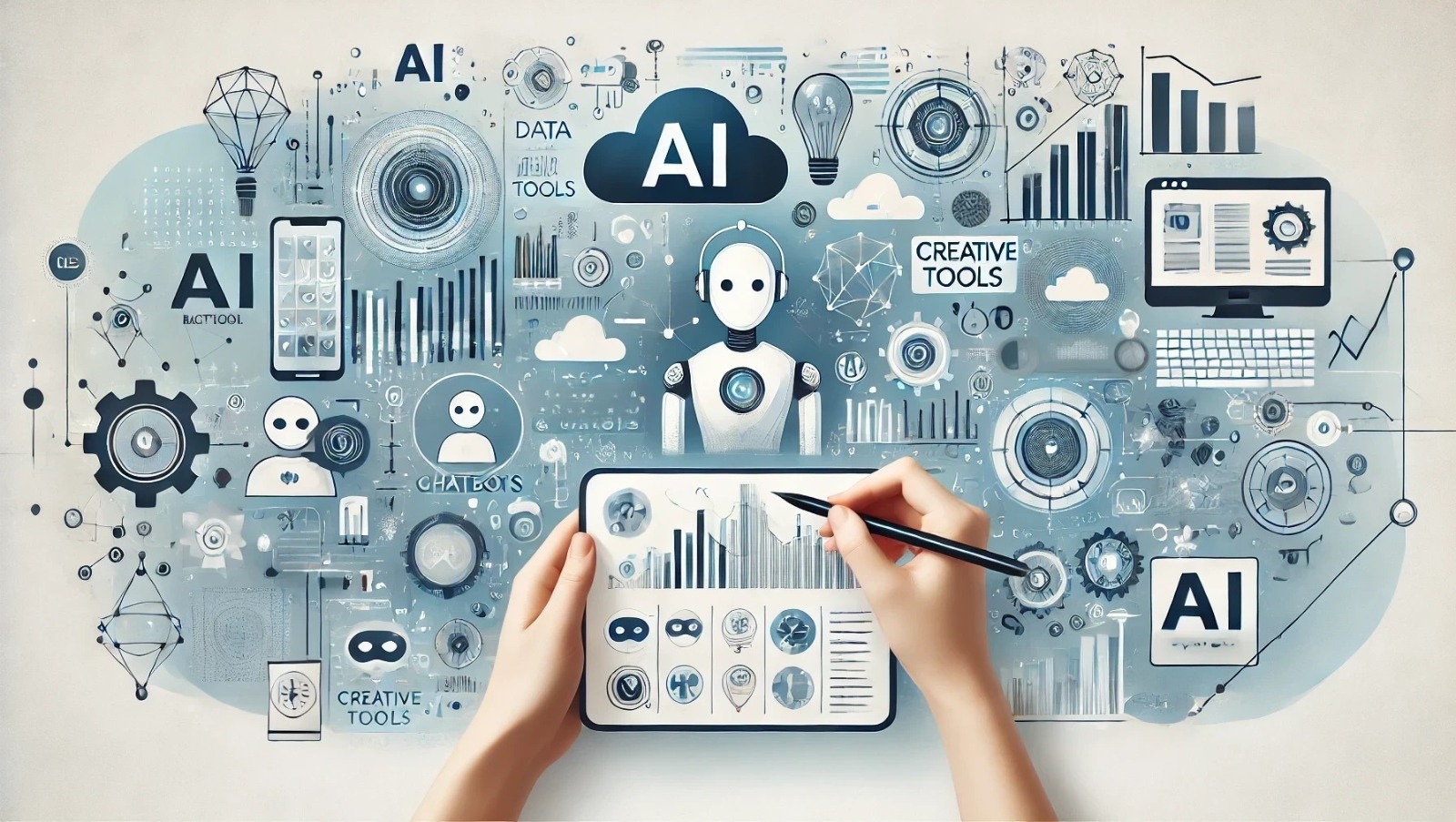Introduction: A New Work Era Begins
The workplace has undergone a massive transformation over the past few years. Once confined to physical offices, professionals today enjoy the freedom to work from anywhere, thanks to rapid digitalization and changing corporate mindsets. Remote hybrid jobs future of work work became the global norm during the pandemic, but as the world settled into the “new normal,” a new model began to emerge: the hybrid work model.
Hybrid jobs combine the best of both worlds: the flexibility of remote work and the collaboration of office culture. They give professionals the freedom to choose when and where they work while maintaining a strong connection with their teams.
As we move toward 2026, hybrid jobs are shaping the future of work, offering balance, flexibility, and higher productivity. Global companies are rethinking their strategies, employees are prioritizing work-life balance, and technology is making location flexibility easier than ever. This blog explores why hybrid jobs are here to stay and why they represent the future of modern employment.
The Evolution from Remote to Hybrid Work
How the Work Culture Shifted
Before 2020, remote work was often viewed as a privilege. But after global lockdowns forced businesses to operate virtually, the mindset shifted. Employers realized that teams could be just as productive, if not more, while working remotely. However, something was missing: social connection, teamwork, and spontaneous collaboration.
As the economy stabilized, organizations began blending the best elements of office and remote work. The hybrid model was born. This approach allows employees to split their time between the office and home, creating a more balanced and efficient workflow. Companies like Google, Microsoft, and Apple have already embraced hybrid schedules, showing the world that flexibility can coexist with productivity.
The Rise of Employee-Centric Work Models
In hybrid setups, employees have greater autonomy over their schedules. This shift empowers them to work during their most productive hours, attend in-person meetings when necessary, and maintain a healthier work-life balance. The evolution from remote-only to hybrid work marks a cultural transformation one which trust, flexibility, and outcomes matter more than time spent at a desk.

Why Hybrid Jobs Drive Higher Productivity
Flexibility Without Isolation
One of the biggest advantages of hybrid jobs is flexibility. Employees can choose how they work best, whether that’s brainstorming with colleagues in an office or focusing deeply at home without distractions. This freedom improves concentration, reduces stress, and boosts overall job satisfaction.
Yet, unlike fully remote work, hybrid setups prevent the isolation that many hybrid jobs future of work remote professionals face. Regular in-person interactions help maintain team spirit and creativity. For instance, a 2024 Microsoft Work Trend Index reported that 85% of hybrid employees felt more connected and motivated compared to those working entirely remotely.
Performance and Innovation Gains
Hybrid work doesn’t just improve morale; it directly impacts performance. When employees are happier and less burnt out, productivity naturally rises. Collaboration days in the office lead to spontaneous innovation, while remote days allow for focused, uninterrupted work. This balance fosters a workplace culture where creativity thrives without compromising efficiency.
How Technology Is Powering the Hybrid Revolution
The Role of Digital Tools
The success of hybrid jobs heavily relies on technology. Cloud-based platforms, project management tools, and AI-driven solutions have made it easier for teams to collaborate from anywhere. Platforms like Slack, Microsoft Teams, and Zoom have become virtual offices, enabling real-time communication and seamless file sharing.
AI is also reshaping how hybrid teams work. From automating routine tasks to analyzing productivity trends, AI tools help leaders make data-driven decisions. Companies are investing in digital transformation not just to support hybrid work but to make it sustainable long-term.
Smart Workspaces and Digital Collaboration
The physical workplace is evolving, too. Offices are being redesigned to serve as collaboration hubs rather than daily workstations. Hot-desking, digital booking systems, and smart meeting rooms are now common in hybrid offices. These modern hybrid jobs future of work spaces allow employees to come together for teamwork, brainstorming, and social connection, making office visits purposeful and engaging.
By 2026, experts predict that more than 70% of organizations will rely on hybrid infrastructures combining cloud computing, AI, and smart office systems to manage distributed teams efficiently. The line between “remote” and “onsite” will blur even further.
The Benefits for Companies and Employees
For Employees: Balance, Growth, and Flexibility
Hybrid jobs give employees the chance to enjoy flexibility without losing connection. They can manage their time better, avoid long commutes, and dedicate more energy to meaningful work. According to a recent PwC Global Workforce Survey, 64% of employees say a hybrid schedule improves their mental health and work-life balance.
Professionals also benefit from broader career opportunities. Hybrid work allows them to collaborate across borders, join global teams, and access better-paying roles without relocating. For working parents, caregivers, and freelancers, hybrid jobs create a perfect middle ground between freedom and structure.
For Employers: Retention and Innovation
From a business perspective, hybrid work helps attract and retain top talent. Companies offering flexibility are more appealing to today’s workforce, especially Gen Z and Millennials, who value freedom and purpose. Hybrid jobs also reduce operational costs, as businesses can downsize office spaces and invest more in technology and employee development.
Moreover, hybrid environments foster diversity and inclusion. By hiring beyond geographic limits, companies gain access to a wider talent pool with fresh perspectives, an essential ingredient for innovation. The hybrid model is not just a work strategy; it’s a competitive advantage.
Challenges and the Road Ahead
Addressing the Hybrid Work Gaps
While hybrid work offers immense potential, it also comes with challenges. Managing a distributed workforce requires trust, communication, and strong leadership. Without proper coordination, employees may face confusion about expectations or feel disconnected from company culture.
To address this, organizations are investing in better onboarding hybrid jobs future of work programs, transparent communication policies, and regular team-building sessions. The goal is to create a unified culture where everyone feels included, no matter where they work from.
The Future: Hybrid Work as the Default
By 2026, hybrid work will likely become the global standard. Governments and corporations are already redefining labor policies to support flexible work structures. The focus will shift from “where” employees work to “how effectively” they deliver results.
As advanced technologies like virtual reality meetings, AI assistants, and digital twins evolve, hybrid work will become even more immersive and efficient. Imagine attending a meeting in a virtual office from your living room; that is not science fiction anymore, but the next step in the future of work.
Conclusion: Embracing the Hybrid Future
Hybrid jobs represent the perfect balance between freedom and structure. They empower professionals to manage their time, choose their workspace, and maintain meaningful human connections. For businesses, hybrid work boosts productivity, creativity, and long-term loyalty.
The future of work in 2026 won’t be defined by cubicles or home offices; it will be defined by choice. Employees will decide how, when, and where they work best. Companies that adapt to this reality will lead the next generation of work innovation.
In short, hybrid work is not a passing trend; it’s a new standard. As technology evolves and workplace culture matures, hybrid jobs will continue to shape a smarter, more flexible, and more human future of work.
Find Your Dream Job Today Explore Endless Career Opportunities and Secure Your Next Role with Best Job Tool







Leave a Reply